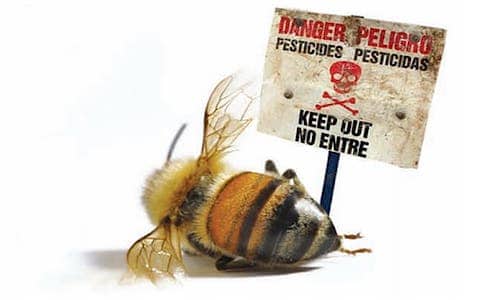With bee numbers dropping dramatically in the last years, it’s time to take some drastic measures, and a White House task force including participation from more than a dozen federal agencies has concluded that limiting pesticide use may be the last resort we have to maintain bee numbers.

The humble bee plays a key role in agriculture; in the US alone, they provide environmental services through pollination estimated at $10-15 billion every year, according to the USDA.. If bees continue to vanish at these rates, then we can expect anything from rising prices in common foods to actual food shortages – it’s high time some drastoc measures are taken.
But there are even more reasons to worry – if bee populations are collapsing and we don’t know why, how long will it be before something else collapses? John P. Holdren, assistant to the president for science and technology, said in an interview that they are concerned about the “canary in the coal mine” phenomenon.
“If honeybee colonies are collapsing for a reason we don’t understand, what is that telling us about our overall impacts and understanding of the ecosystems on which we depend?”
While there are many elements factoring into the bees’ demise, pesticides were deemed the main culprit by most studies.
“Mitigating the effects of pesticides on bees is a priority for the federal government, as both bee pollination and insect control are essential to the success of agriculture,” the report said. “These complex considerations mandate care in all pesticide application.”
The strategy they are proposing will also monitor the way in which forests burned by wildfire are replanted, the way offices are landscaped and the way roadside habitats where bees feed are preserved. The destruction of their natural habitats is another one of the major problems. The plan calls for restoring 7 million acres of bee habitat in the next five years.
The report also highlights the fact that we don’t yet understand what is happening to bee populations, so they recommend an investment of $82.5 million in bee research. This has been hailed by people working in agriculture as well as biologists. After all, for all the work that bees put, and all the benefits we yield from that, it’s about time we started a major project to protect them.
“I have to say that it is mighty darn lovely having the White House acknowledge the indigenous, unpaid and invisible workforce that somehow has managed to sustain all terrestrial life without health-care subsidies, or a single COLA, for that past 250 million years,” said Sam Droege, a U.S. Geological Survey wildlife biologist and one of the country’s foremost experts on native bee identification.






